In the summer of 2022, I attended the annual Stone Age gathering in a small village south of the city of Marburg in central Germany. Leading up to the gathering, I spent a weekend in the university city alongside my travel buddy. Neither of us knew much about Marburg beforehand, and the little research I’d done never could’ve prepared me for what was to come. I was in total awe from the moment I laid eyes on Marburg. Because Marburg is a fairytale city like no other. Think cobbled streets, narrow alleyways, half-timbered houses, historic churches, low forested mountains in the horizon and a castle overlooking it all. It doesn’t get much better than that!
We had booked a cheap room at a local hostel but were upgraded as the hostel became a place of refuge for Ukrainians fleeing from war. Instead, we were given the most beautiful apartment overlooking Elisabethkirche, which is one of the earliest Gothic churches in the German-speaking world, built in the mid-13th century. It’s one of the most beautiful accommodations I’ve ever stayed in, so we felt very lucky to spend our two nights in the city there.
During our two days in Marburg, we explored the city in depth and visited a bunch of interesting places. Below you’ll find my favourite sights and experiences in the city!
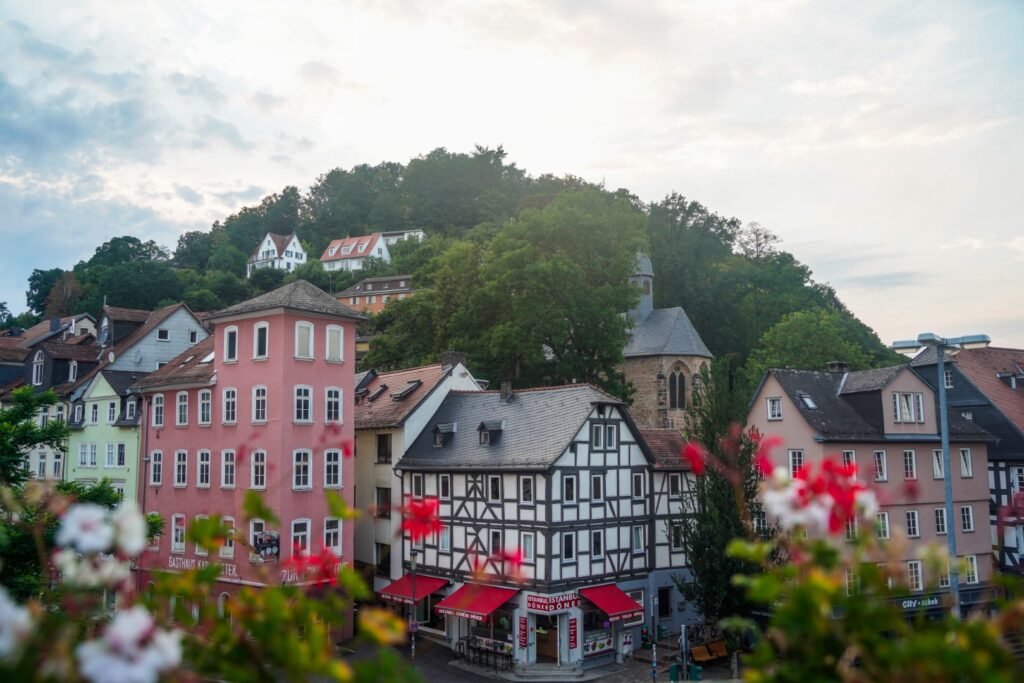
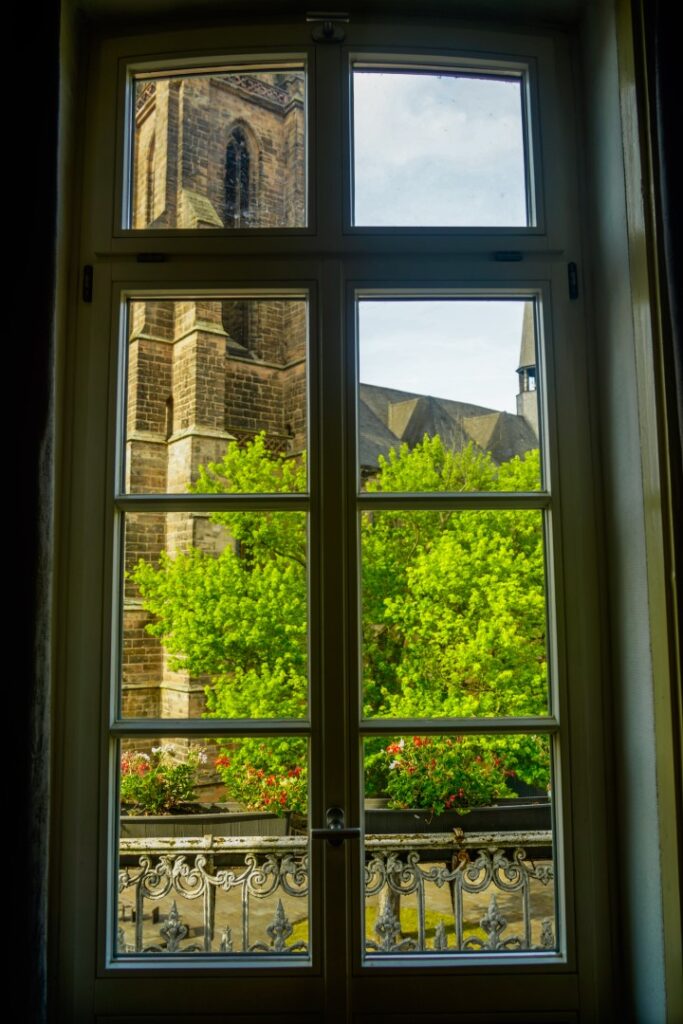
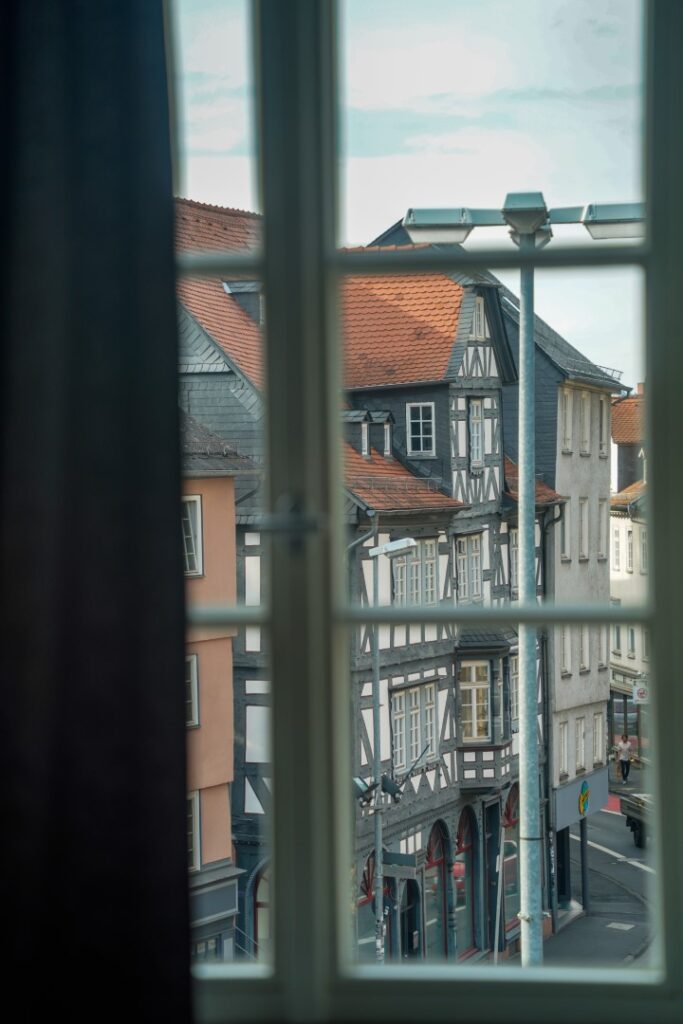
View over Marburg from the castle
Marburg Castle is the most prominent landmark in the city. It sits atop the 287-metre high hill, Schlossberg, overlooking the centre of the city. The castle was built in the 11th century as a fortress, and today houses the Marburg University Museum of Art and Cultural History.
The castle was the first place we visited in Marburg, and it served as the perfect introduction to the city. While the castle itself is interesting to explore, in particular the Witches’ Tower from the 15th century, which was used as a gun tower and later a prison, it is really the city view that makes the place an absolute must-see!
Dusk was my favourite time to visit the castle and enjoy the view from its walls, as this is when all the university students come there, too. The atmosphere is super nice during this time of the day!
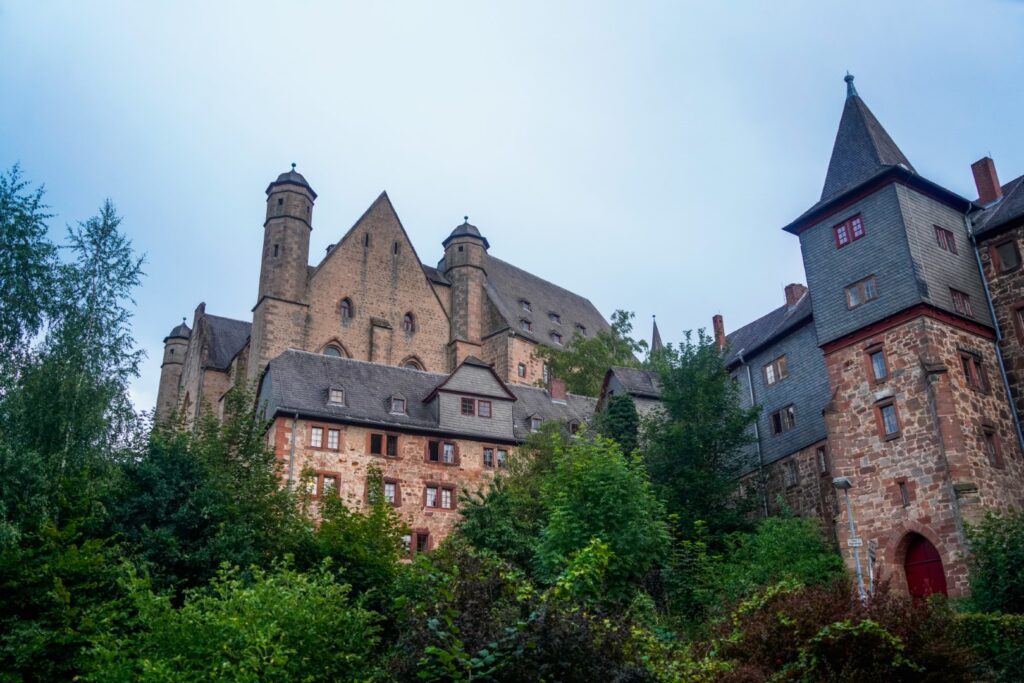
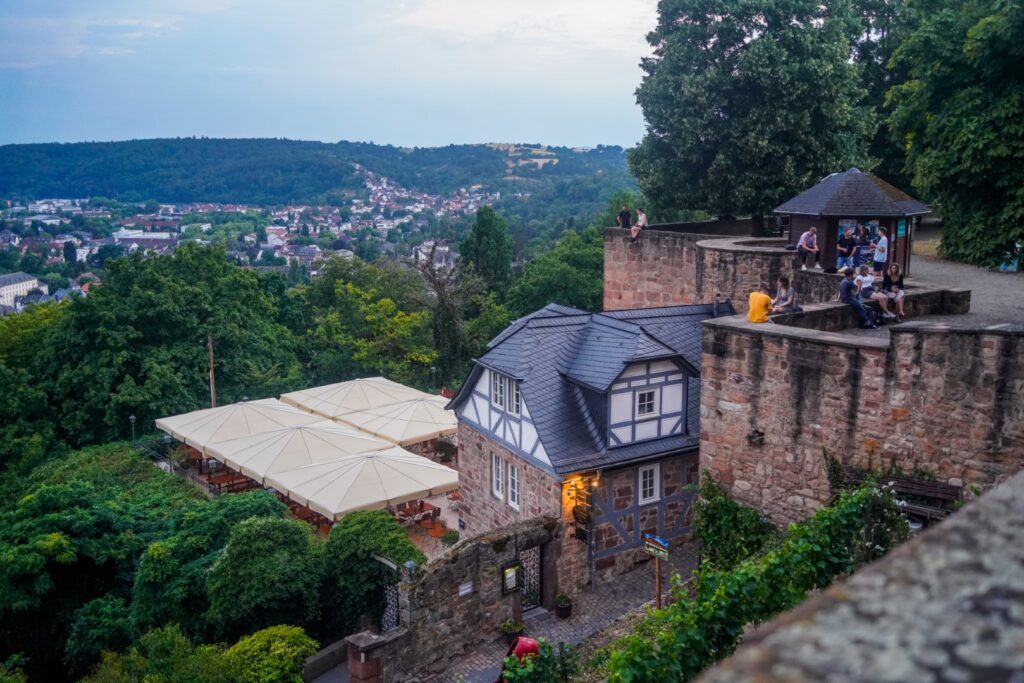
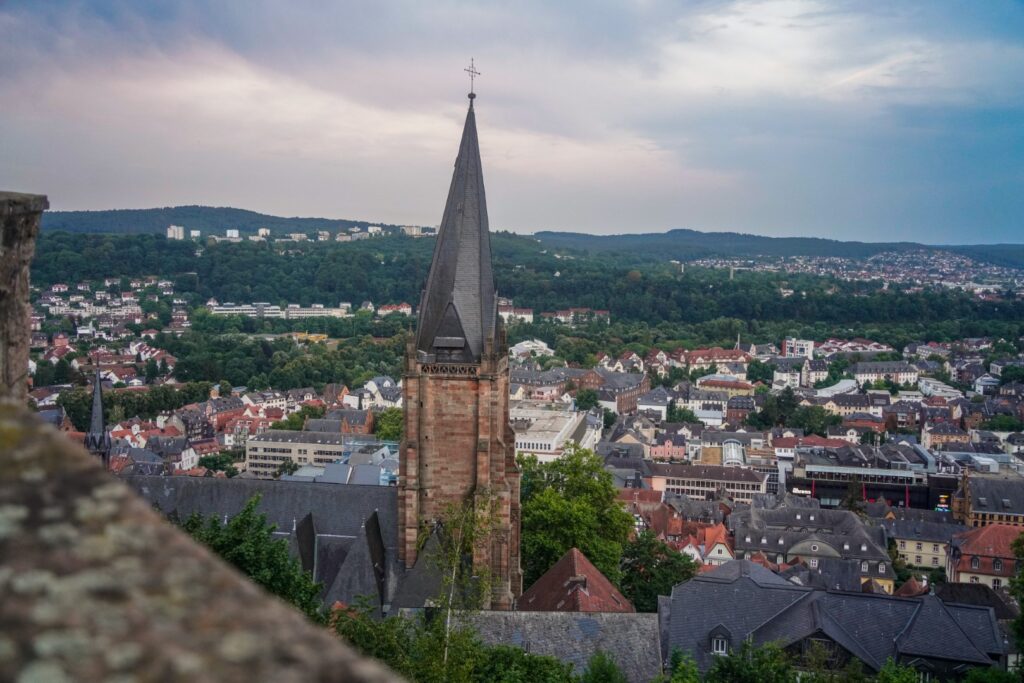
Marburg’s Altstadt
Marburg consists of two main parts, the Neustadt (‘New Town’) and the Altstadt (‘Old Town’). The latter is the oldest and hilliest part of the city, developed around the castle in the medieval period. The Altstadt is, with its cobbled streets and half-timbered houses, also the prettiest area of the city. Many of its historic buildings have been preserved to this day as they were spared from the airstrikes that hit Germany during the Second World War.
We spent many hours wandering around the quaint streets of the Altstadt, climbing up stairs for fresh views, people-watching at the main square, and enjoying delicious ice cream by the river Lahn in the sun.
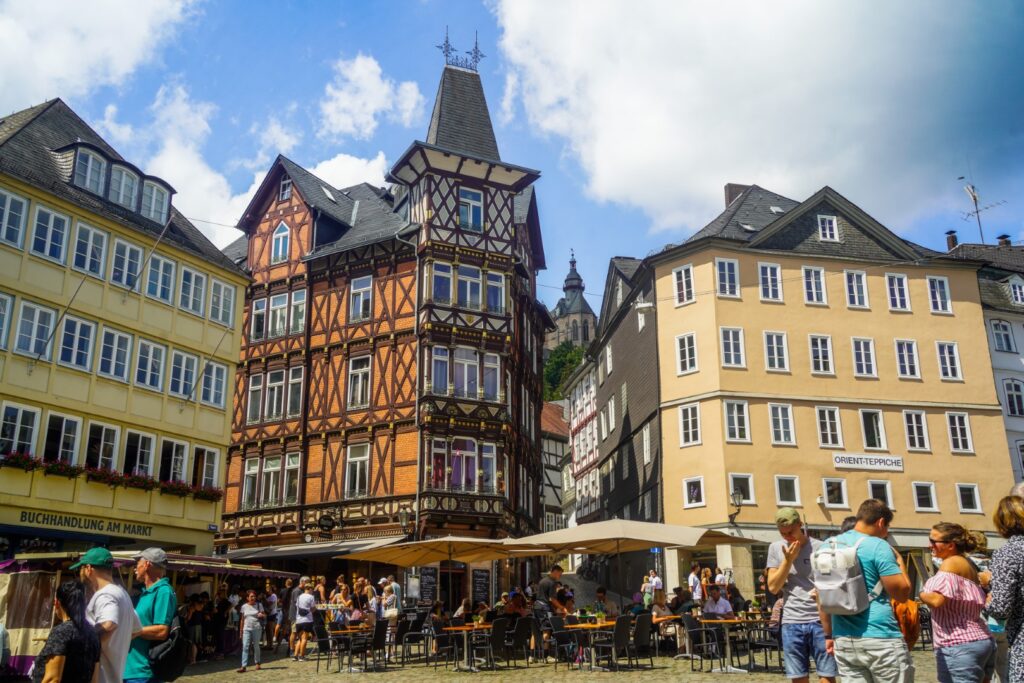
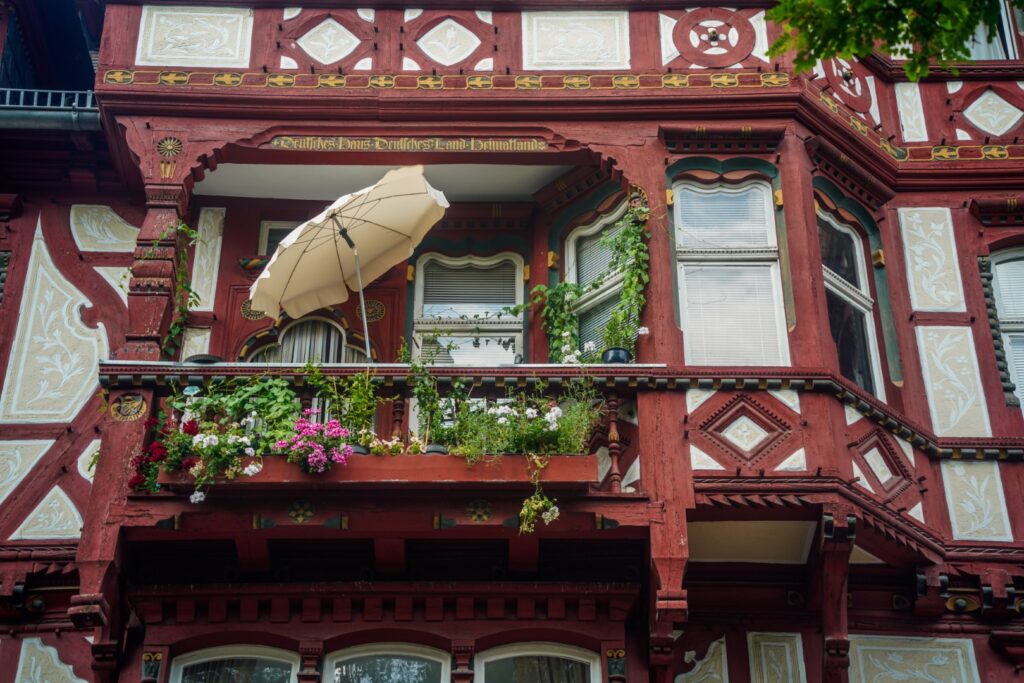
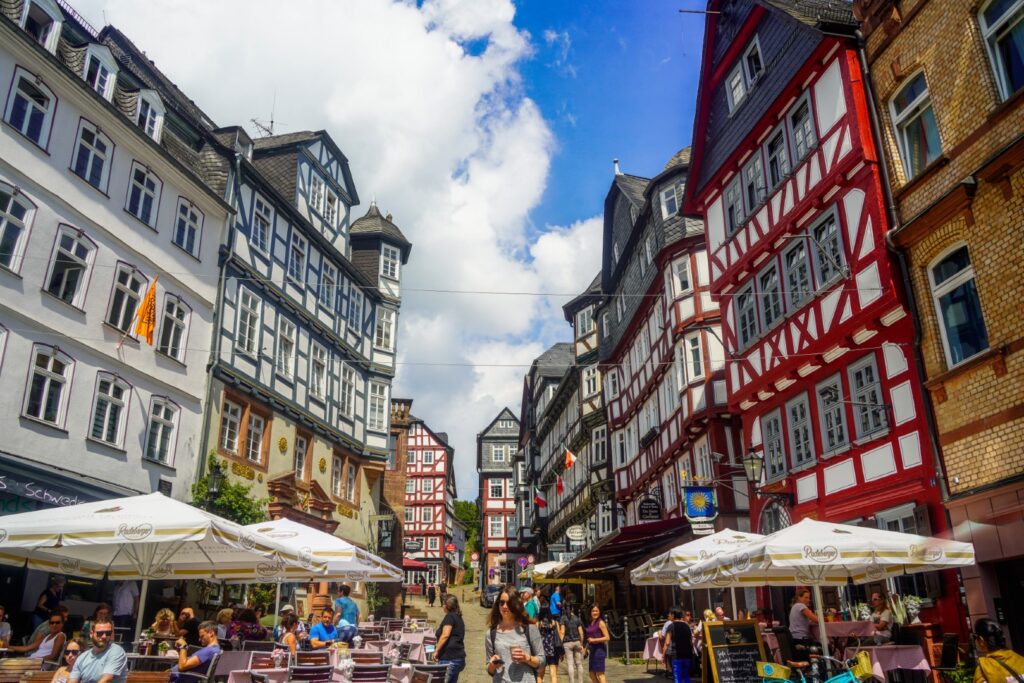
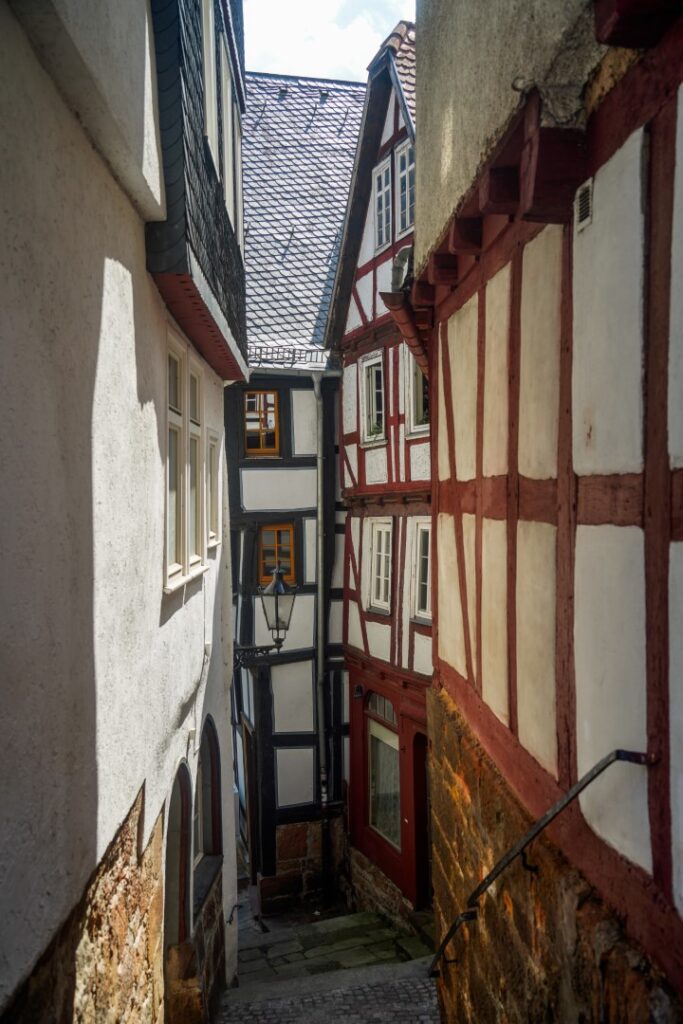


The Old University of Marburg
Marburg is renowned for its old university, dating back to 1527, making it one of Germany’s oldest universities, and the oldest Protestant university in the world!
The university buildings are spread throughout the city, but the one you’ll want to see is known as the Alte Universität (‘Old University’), and can be found at Lahntor 3. This building also houses the university church, which is open to visitors. This is undoubtedly one of the most eye-catching buildings in the city!

The best view of Marburg’s roofs
My favourite spot in the city was found right in front of the 13th-century church, Lutherische Pfarrkirche St. Marien.
This is where you’ll find the best close-up view of the medieval roofs of Marburg’s Altstadt!
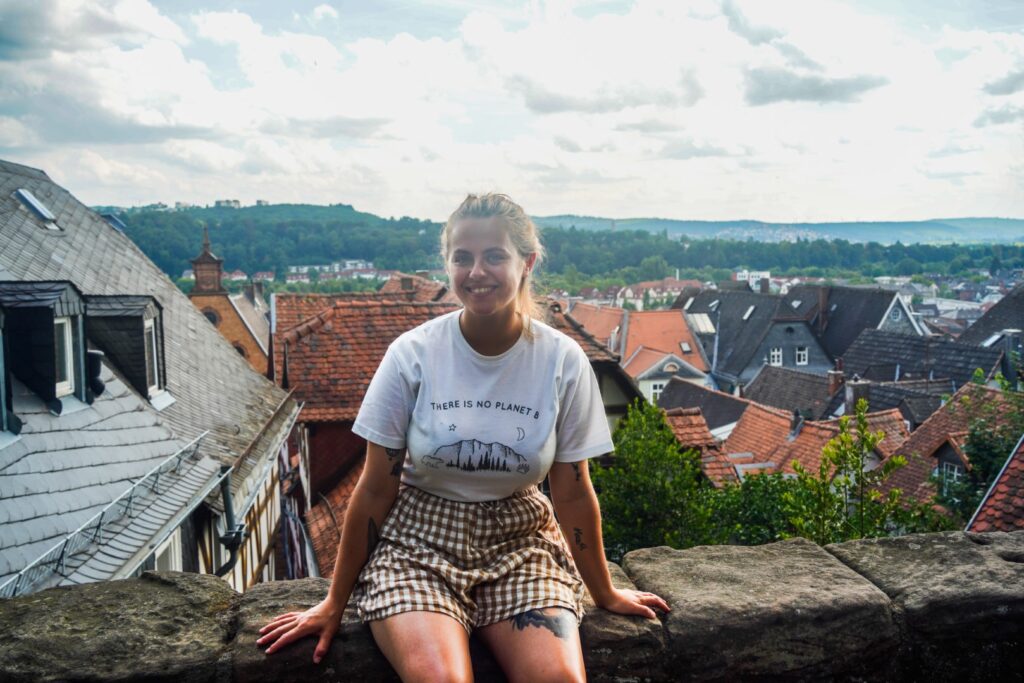
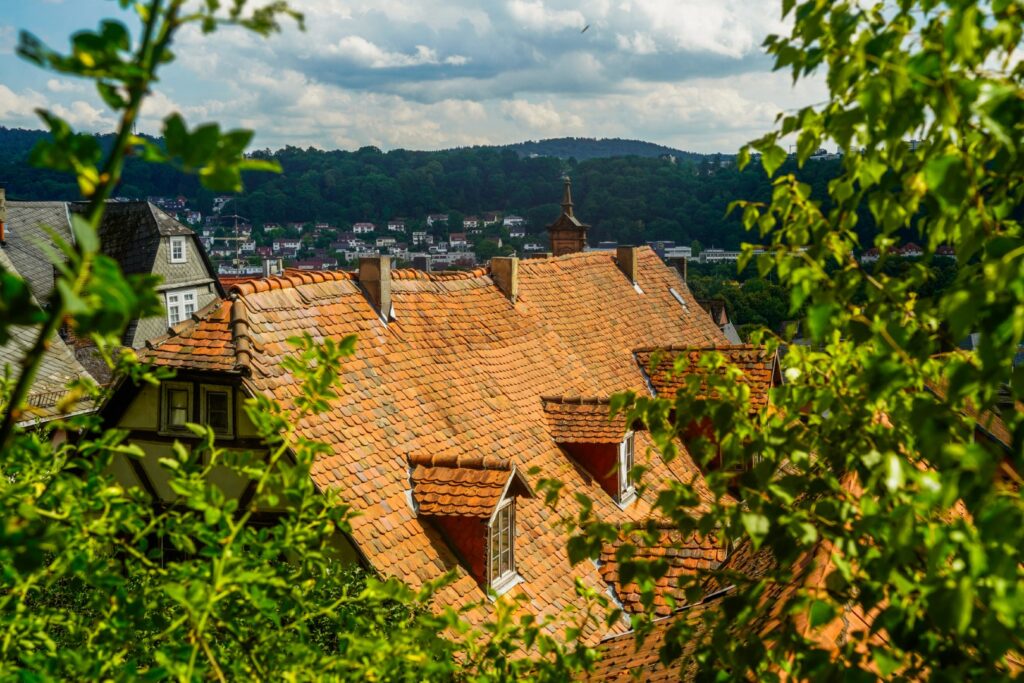
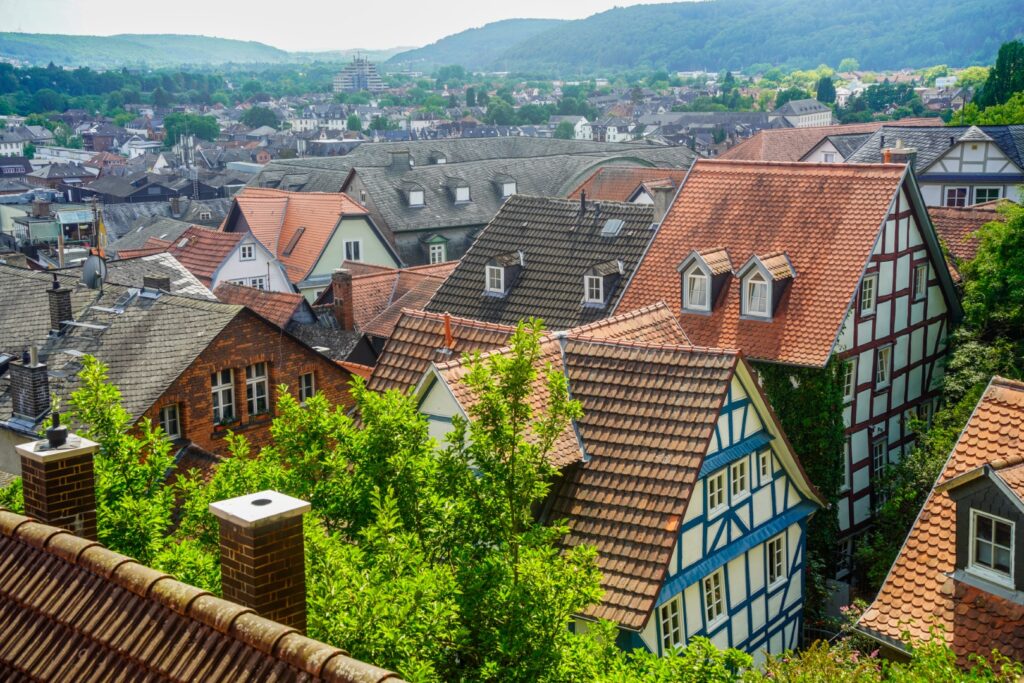
St Michaelskapelle and the view from Am Weinberg
Another spot that I loved was atop the hill where the small 13th-century chapel, St Michaelskapelle, is located. The chapel itself is adorable, and the area surrounding it was the most peaceful place we found in the city. We also found the best view of Elisabethkirche from up there!
Further up the hill, we followed the pathway Am Weinberg and found more beautiful views of Elisabethkirche and the local neighbourhood!
This area feels like a hidden gem as we didn’t meet anyone else on the walk, while the Altstadt and castle were full of other tourists. Therefore, if you’d like to have a bit of Marburg to yourself, I recommend exploring the area around St Michaelskapelle!
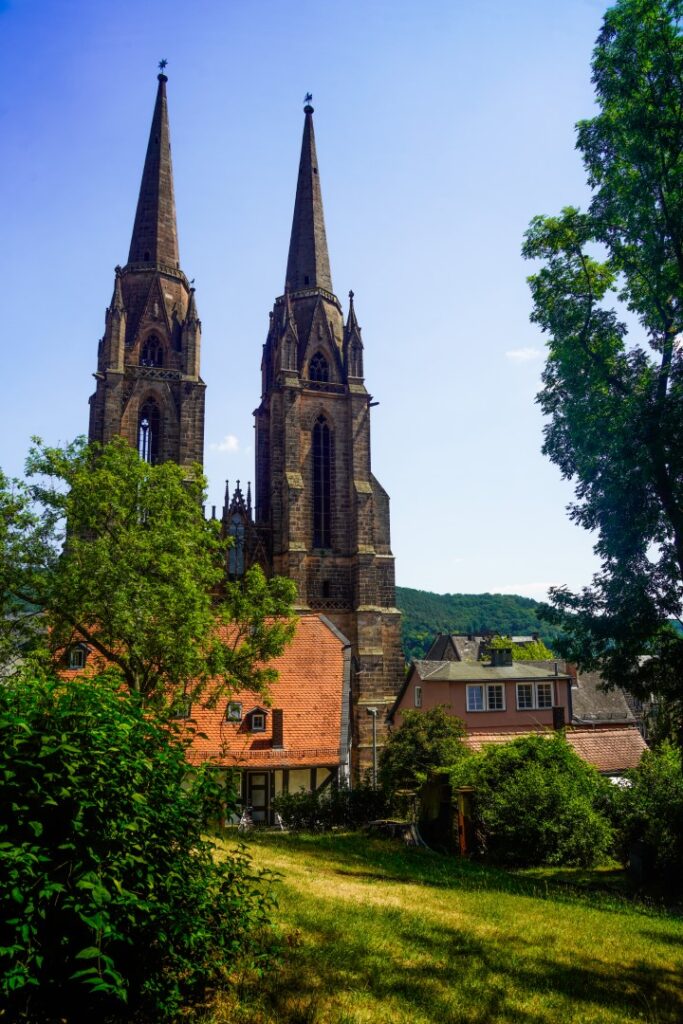
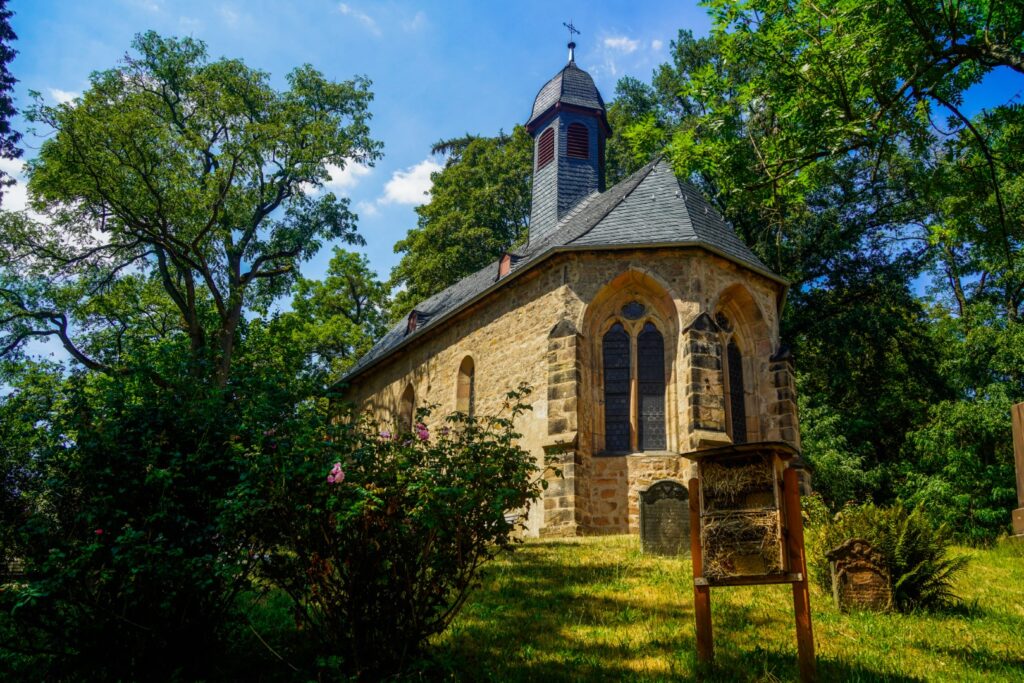
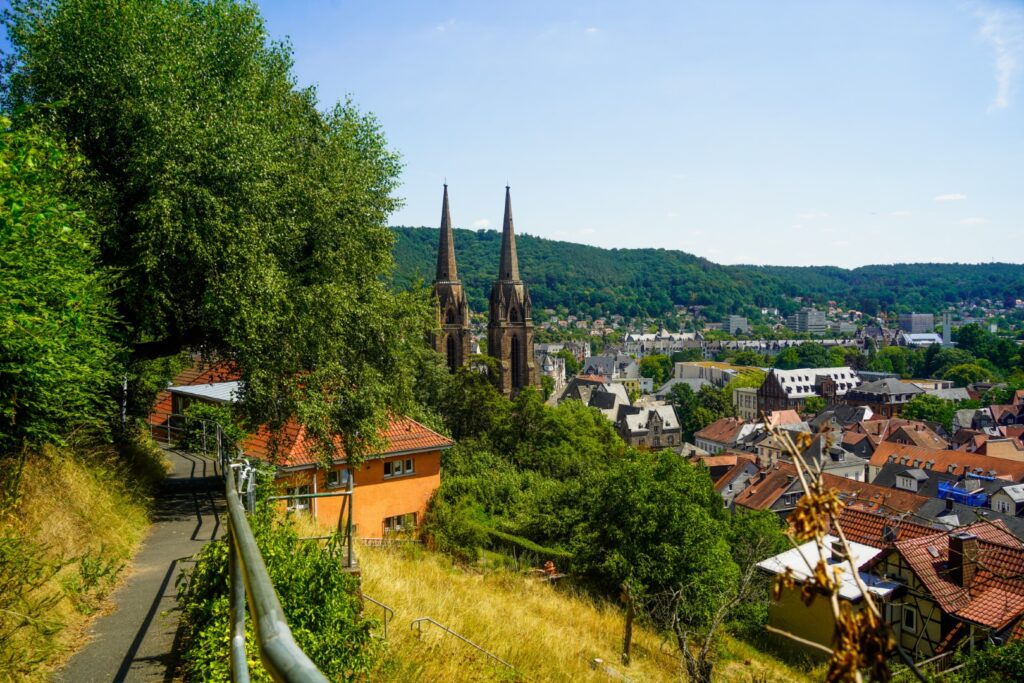
The hike up to Kaiser-Wilhelm-Turm
On our last evening in the city, we walked high above the city at golden hour, and made it to the observation tower, Kaiser-Wilhelm-Turm, just as sunset began.
The hike up took us through beautiful forests, and after approximately forty minutes of hiking, we could see the city skyline emerge from behind the trees. For an even better view of Marburg and its surrounding hilly countryside, we climbed the 36-metre high tower that was built in the late 19th century on a spot that had long been popular with the locals due to its breathtaking views of the city.
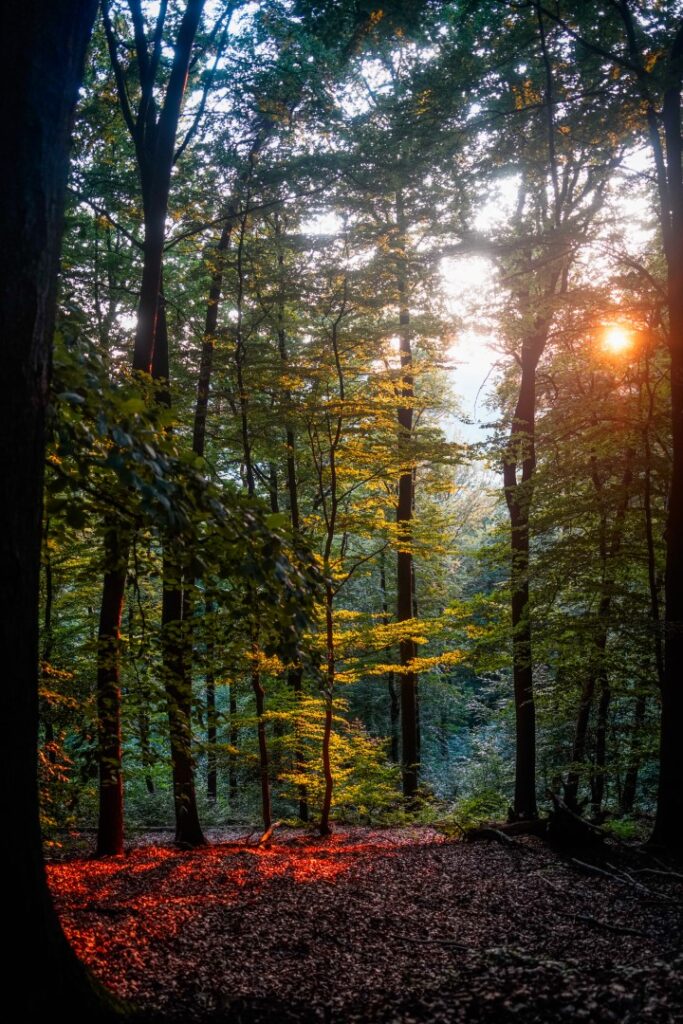
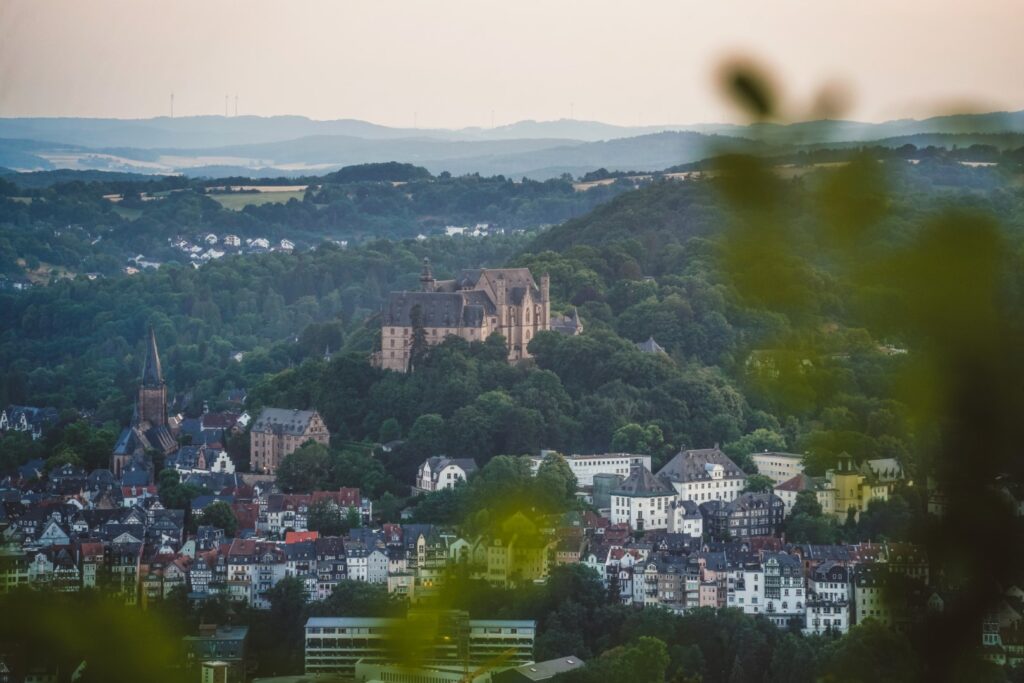
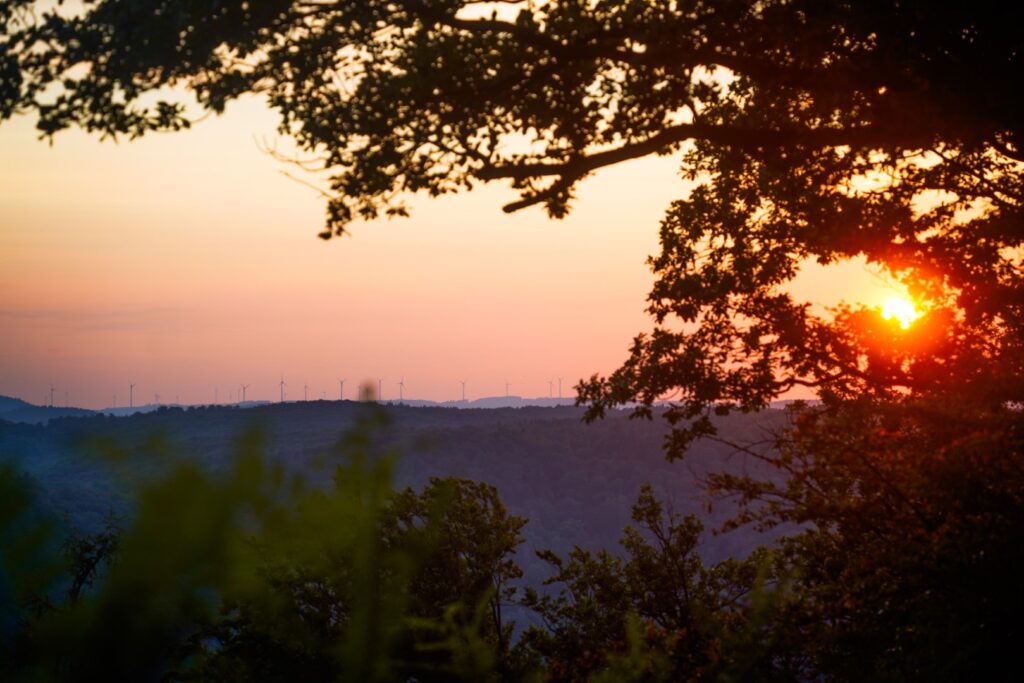
The countryside beyond Marburg
If you have more time to spare in Marburg than you know what to do with, consider taking a trip to some of the villages near the city. The Lahn river valley is a very special and pretty place with picturesque villages surrounded by easy hills to climb.
I spent a week in Argenstein just south of Marburg, and ventured into Niederweimar to shop quite often. I really enjoyed both villages, and especially the views from the hills above them. Both villages are peaceful and full of historic half-timbered houses. Niederweimar can easily be reached from Marburg by train, and Argenstein is just a 20-minute walk from Niederweimar, so both can easily be explored in a day. In Niederweimar, don’t miss the square surrounding the old church. It’s full of narrow, winding streets lined with half-timbered houses and old farm buildings. In Argenstein, don’t forget to climb the Rothlauf hill (287 m.) for some of the most gorgeous views of the river valley. On a clear day, you can even see Marburg Castle in the distance!
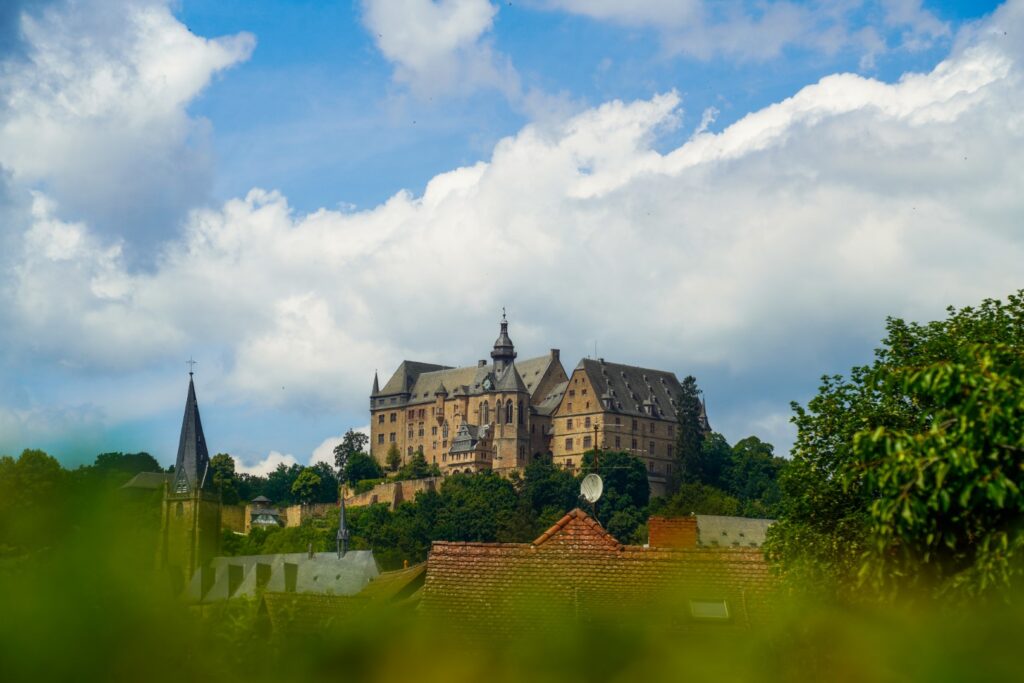

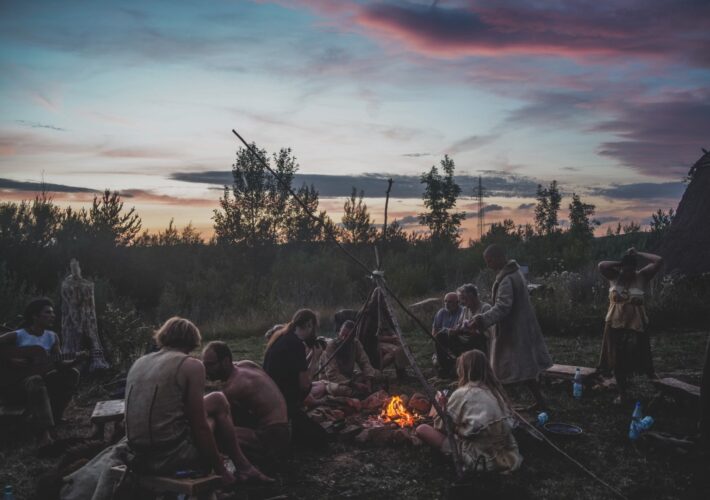
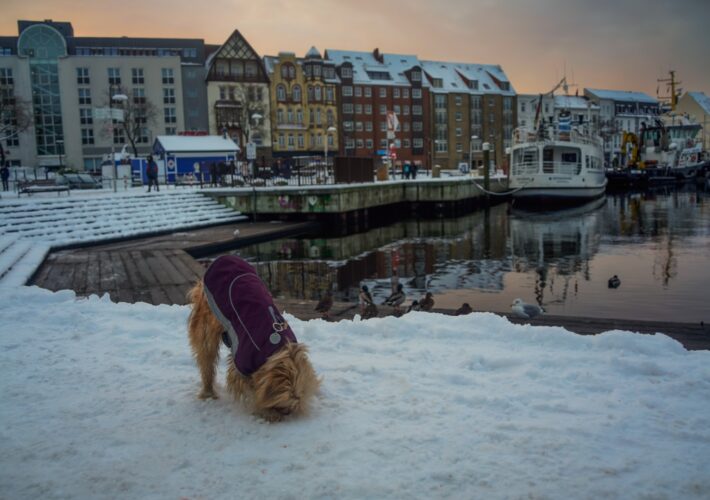
5 COMMENTS
Ben Foxworth
3 weeks agoI studied for a year in Marburg in the mid-1970’s. My love for the city is deep and abiding. We are planning a trip there in a few weeks – my sister has never seen it. Can you give the name of the place you stayed with the view of the Elizabethkirche? We don’t yet have a place picked out.
Mel
3 weeks ago AUTHOROh, I’m so sorry, but I don’t actually know the name – we were moved there by the hostel we’d originally booked and it wasn’t an official accommodation, as far as I could tell. I hope you’ll have a great trip back to Marburg, it sure is a gorgeous city!
Ben Foxworth
2 weeks agoOh no, of course. It’s quite fine. No one remembers the name of every place they stayed, nor should they. I’m delighted you got to experience the small town that lives so deeply in my heart. And thank you for sharing so many other experiences you’ve had. I hope to visit some of those places.
Mel
2 weeks ago AUTHORThank you so much, I’m glad to know that you’re enjoying the blog 😀 I hope your travel dreams will come true!
Joanne Rohats
1 month agoI was just recently in Marburg and enjoyed the square near city hall, just some old beauty well kept